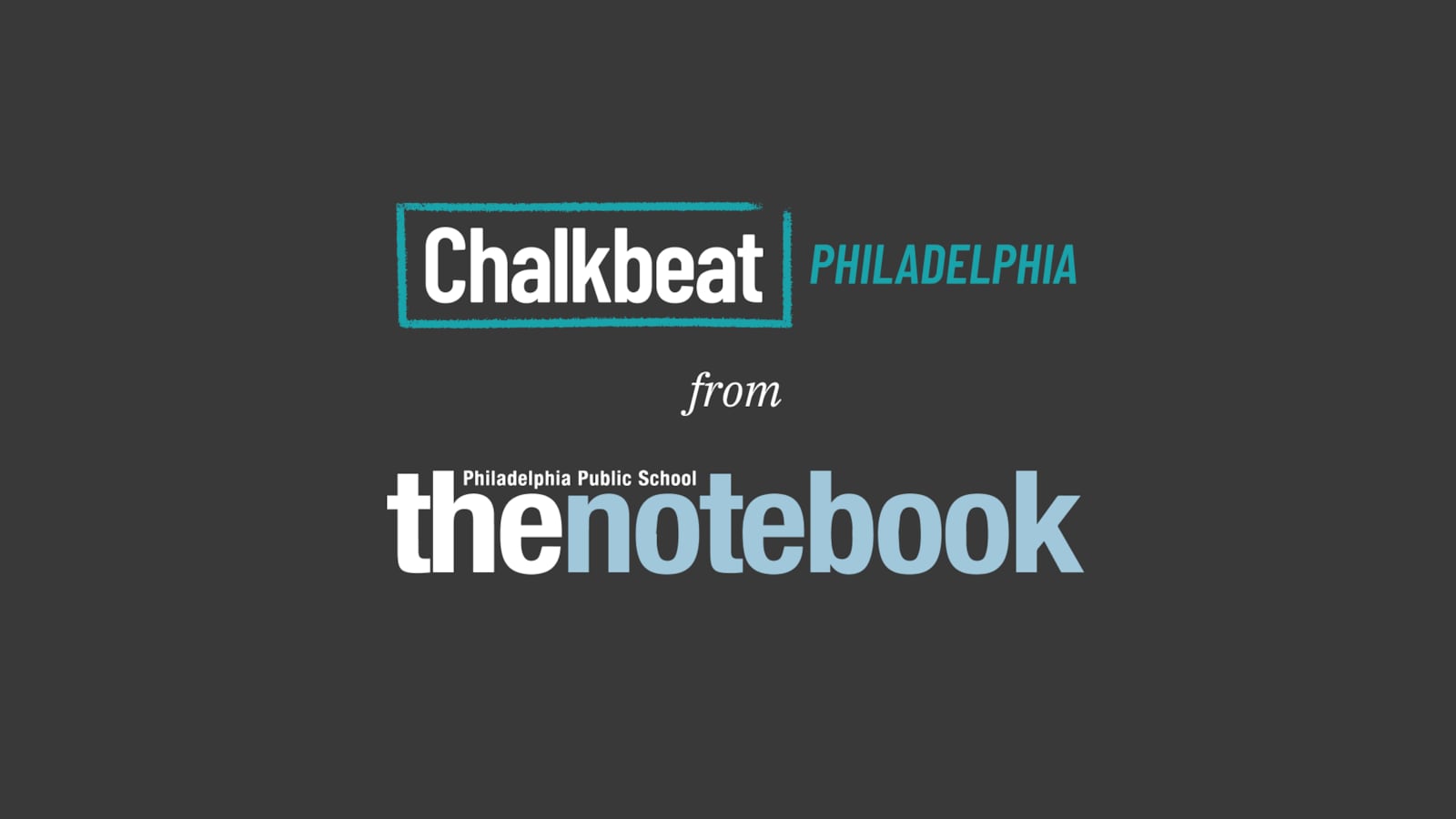This article was originally published in The Notebook. In August 2020, The Notebook became Chalkbeat Philadelphia.
Philadelphia school officials on Wednesday announced a plan for reopening schools that gives families a choice whether to send children to school part-time in the fall – two days a week for most students – or choose full-time virtual learning in what the District is calling a Digital Academy.
Superintendent William Hite said that parents can register for the virtual-only option between July 22 and Aug. 4.
District spokesperson Monica Lewis said the virtual town halls and parent and teacher surveys that offered people a way to provide feedback were incorporated into the planning. She said Wednesday that no further details would be available until July 22 about how the Digital Academy will work.
Information released at that time “will include the registration process, descriptions and expectations of students and staff,” Lewis wrote in an email response to a list of a dozen questions.
But since the school-opening announcement, questions have poured in. A crowd-sourced page organized by teachers Zoe Rooney and Emily Simpson accumulated nearly 200 questions in 24 hours, many of then concerning the virtual academy.
They include who will teach in the academy, how they will be supported, how classes will be reflected on transcripts, whether students from the same school who choose all-virtual will be grouped together, how virtual students will stay together with their school community, how “specials” classes like art and music will be delivered, and whether internet access and tech support will be guaranteed.
They also would like to know what the school day will be like; online learning between March and June was a combination of teacher availability for student conferences and actual delivery of lessons. Hite said that unlike that time, when delivery of new material was delayed while the District attempted to provide all students what they needed for internet access, this will be the instruction of new material.
There were also questions about student-teacher ratios, whether teachers from the child’s home school would be teachers in the virtual space, and what would happen if the District is forced to shut down entirely and go virtual for everyone.
“Does your child’s normal school teacher(s) return to instructing your child?” the questioner asked. “Do you as a teacher return to instructing your students?”
There were also concerns about whether the Digital Academy pulls resources from the school in which the child is enrolled and what will happen in cases where courses are tracked – AP or honors, for example. The parents also want to make sure there will be regular feedback, and want to know how services will be delivered to students in special education programs.
Next week’s board meeting
The Board of Education is holding a special meeting on Thursday, July 23, at which it will vote on the health and safety plan for the new school year that is required by the state.
But it will not vote on the full reopening plan, according to board spokeswoman Janice Hatfield. Advocates are saying that the board needs to do that. Hatfield said an agenda will be posted Monday.
“This is major, major,” said Lisa Haver of the Alliance for Philadelphia Public Schools. “Plus, there is a price tag to this.”
Haver pointed out that Hite put a price tag on the plan of between $60 million and $80 million. “The board has to work on any major expenditures and grants, money in and money out. They need to lay out as closely as they can where this money’s coming from, and is it coming from something else people expect money to be spent on.”
Hite made reference to using up fund balances that the District expected from the end of the 2020 fiscal year and anticipates next fiscal year. But the District’s overall fiscal posture goes south quickly after that, with an $800 million shortfall forecast by 2025, not counting extra COVID costs.
Ideas for improvement
Critiques are also trickling out of the plan itself, which mostly calls for students and teachers to self-monitor their health.
The plan “is a good start, but it’s got to evolve and get better,” said Donna Cooper, executive director of the advocacy group Public Citizens for Children and Youth (PCCY).
Cooper cited 10 areas in which it can be improved, including more explicit social distancing rules – making sure that room capacity is adjusted so that six feet of distance can be maintained between all individuals.
“They have to assure there is never more than X number of people in a room,” she said.
She also called for mandatory temperature checks for all people who enter buildings and she wants to see more sanitizing protocols, including signs similar to those in airports, where someone signs off on the time of the most recent cleaning of bathrooms.
“Based on the challenges the District has faced with ensuring buildings are cleaned regularly, significantly improved oversight and support of all building maintenance staff is a necessary predicate for re-opening,” according to a draft PCCY statement.
Most important, “Schools should re-open for in-person instruction when the science indicates that that opening with reasonable protocols does not put children, school personnel and the families of all students and school personnel at the heightened risk of COVID infection.”
Said Cooper: “We have to overcompensate in this area. It’s literally life and death.”
Other areas of concern where Cooper said there need to be more explicit standards are ventilation and transportation. With many students taking SEPTA, there should be some effort to get guarantees that social distancing on buses and subways will be enforced.
She also said that all contact sports should be banned for the fall semester and replaced by non-contact sports and that football should be cancelled.

